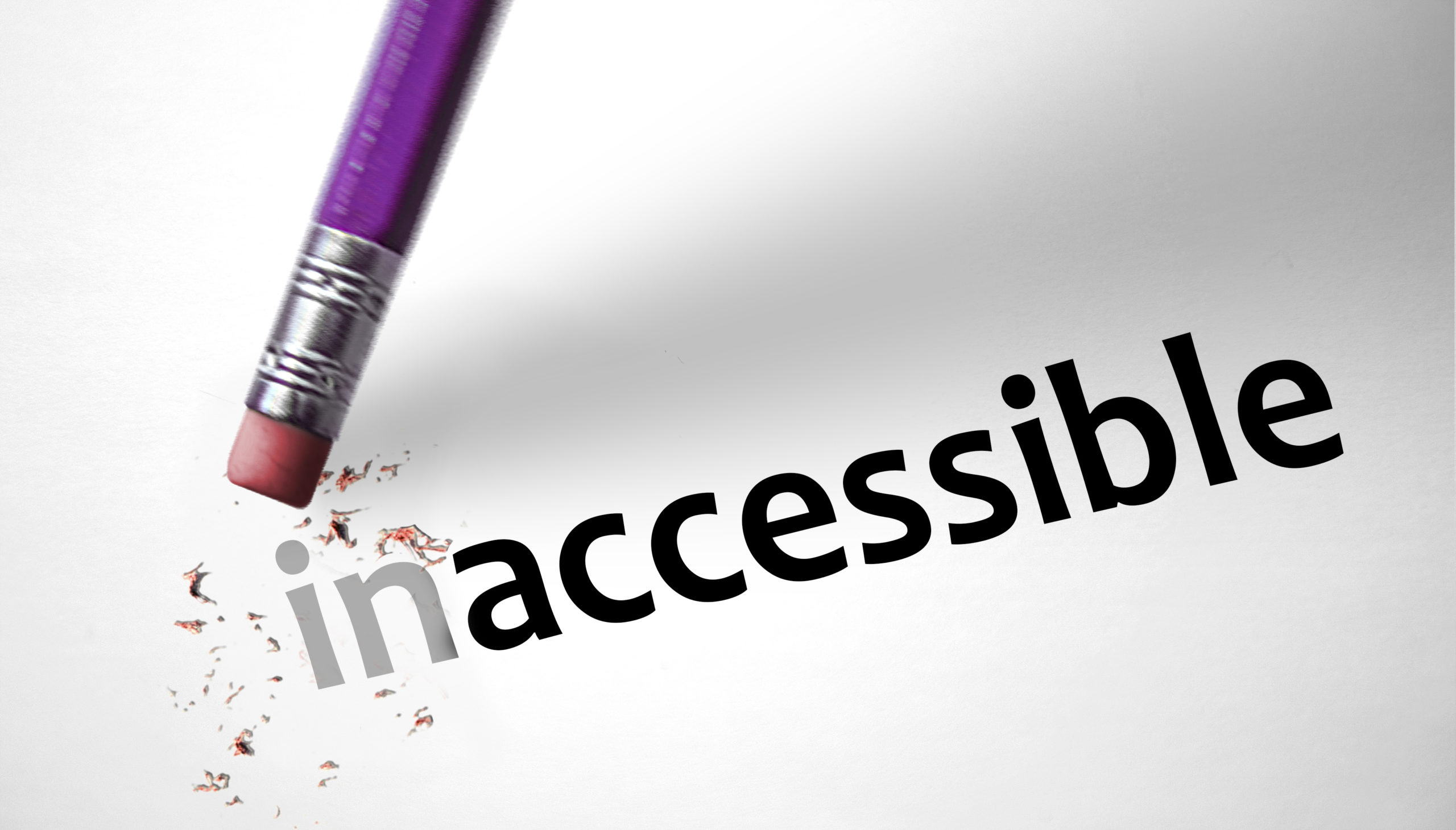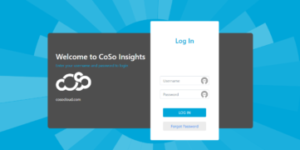
10 Tips for Making Your Meetings More Accessible (Part 1)
October 6, 2021
According to the World Health Organization, 15% of the global population has a disability. 645M people are either deaf or visually impaired alone. The U.S. Bureau of Labor Statistics says 20% of those with disabilities are employed and contributing significantly to our economy.
But while technology is clearly transforming business and our lives at work, employers may not be aware of the many incredible advancements that are also being made to help organizations better accommodate those with disabilities. Many of these technologies are easy to use, easy to implement and either inexpensive or covered by insurance. Furthermore, US organizations are actually required by law (1990’s Americans with Disabilities Act) to provide such accommodations.
Meetings, which are especially crucial, can also be especially difficult for the visual and hearing impaired. With that in mind, here are ten tips and technologies that employers can tap to help make their meetings more accessible:
- Voice-to-text software, which can easily be downloaded onto a worker’s computer, will speak and enlarge text as it appears on the screen. This works for many applications, including word processing, email and web browsing software, as well as for presentation and other materials or in-meeting collaboration.
- In a virtual classroom environment, such voice-to-text features can be greatly beneficial to those who struggle either to see or hear. In addition to converting voice to text or text to voice in real time, many of these systems allow the worker to print or save the meeting.
- Many online meeting systems come with built-in accessibility features. Adobe Connect, for instance, provides support that includes real-time closed captioning, keyboard access and other features.
- Smartphones come with several key features that users may not even be aware of. In addition to the usual contrast and magnifier settings, Android offers TalkBack, which allows users to interact with their device using touch or spoken feedback. With the iPhone, you get among other features subtitles, captioning and special ‘moves’ (like shaking the phone) to activate a desired function. Both phones come with their own version of voice assistance (e.g., Genie and Siri).
- Many other applications used in meetings, such as instant messaging, also provide special assistance. Skype, for instance, provides a screen reader that reads text aloud and also integrates with other more advanced third-party screen readers. The tool can also be configured with high-contrast and magnifier settings that render text easier to read. Check out CoSo’s applications here.
Stay tuned for part two of 10 Tips for Making Your Meetings More Accessible. CoSo Cloud is the leader in helping high-consequence industries, protect and secure your data for collaboration & training. Learn more about CoSo’s own offerings here! Interested in learning how to make sure your meetings are accessible, contact us today.











